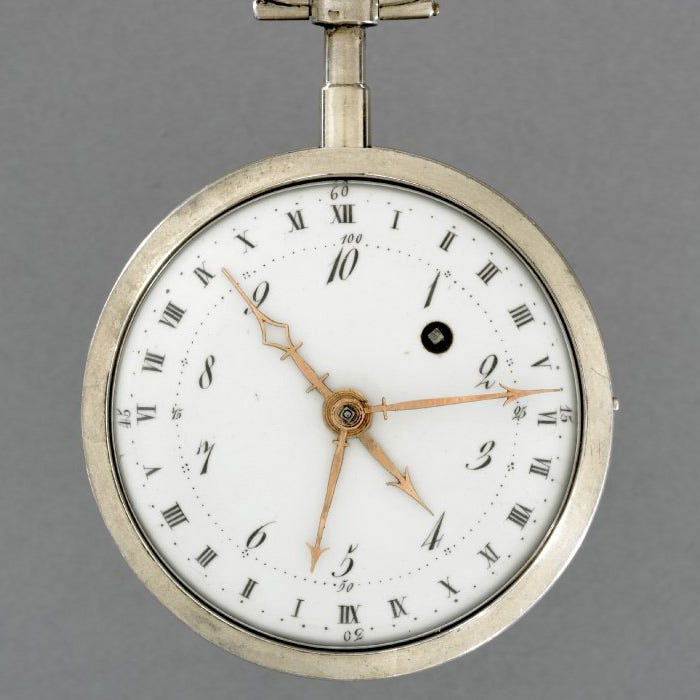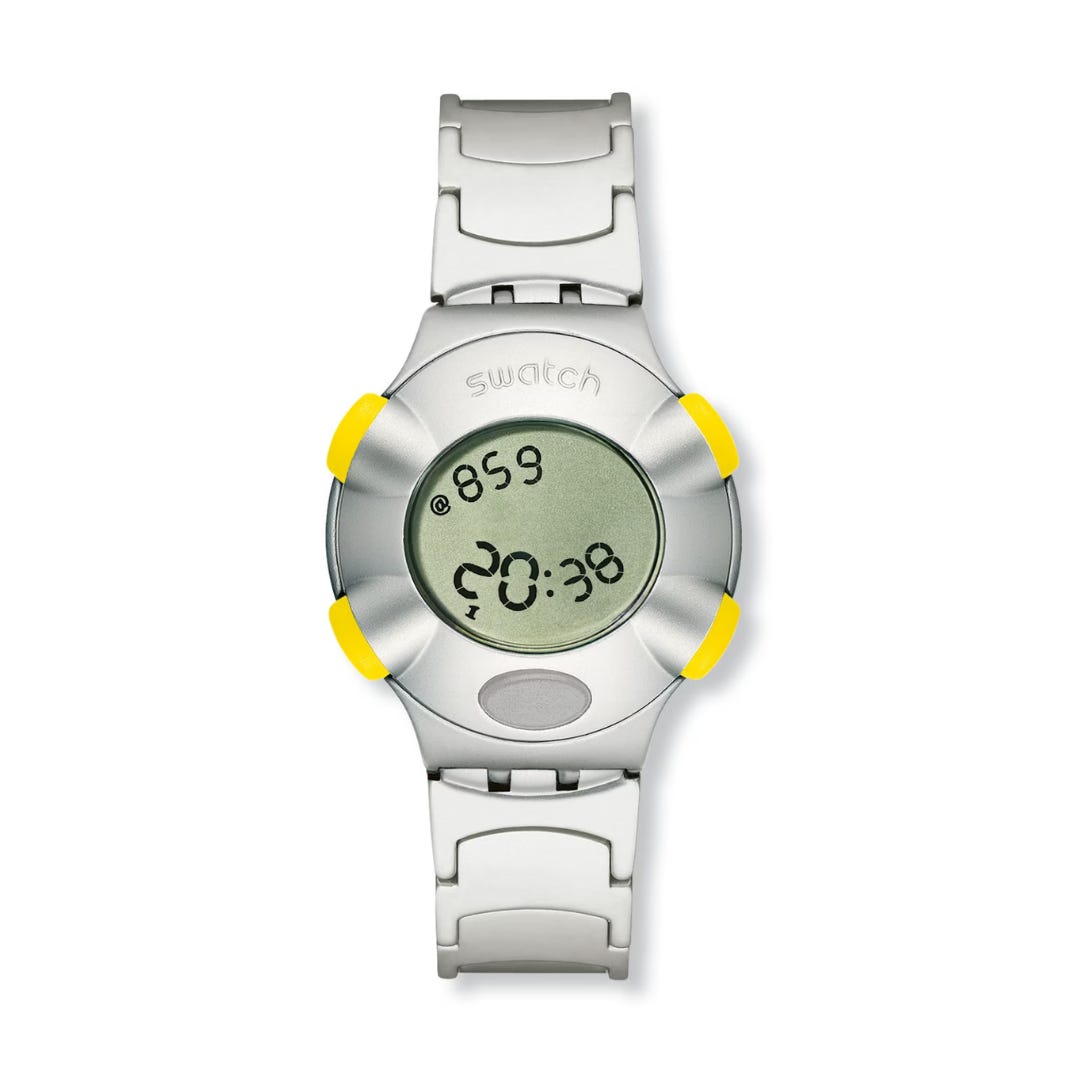It's internet time to bring back .beats
Night Water is coming to you tonight @166.beats

Suffice to say, the French Revolution left a lasting legacy on the world. To rattle off a few of the lesser achievements: the rise of liberal democracy, the weakening of the Catholic Church and feudal systems, and the plain decoration of the rights of men. Of course, none of these hold a candle to Internet Time.
You know the metric system? Depending on where you live, it’s either the natural order of measurement or a sick perversion of freedom. The metric system was one of the innovations borne out of the French Revolution. But not every unit of measurement devised by the French stuck. You’ve got your meters and your grams, of course, all divisible and multipliable by ten. But when was the last time you used a decimal minute?

There are 100 decimal minutes in a decimal hour and 100 decimal seconds in a decimal minute. A day has 10 decimal hours. Ten days make a décade—a week—and three décades make a month. Unfortunately, thanks to our planet’s pesky revolution around the sun, the calendar still needed 12 months, plus a few bonus days at the end of the calendar to round out the year. The French Revolutionary Calendar was introduced in 1793 and abolished by Napoleon just 13 years later, but decimal time didn’t even make it out of the First Republic—it was made “non-mandatory” in just 17 months after pretty much everyone decided to stick with their existing watches.
Fast forward to the turn of the century, and a couple of Swiss visionaries had a crazy idea for a new way of thinking about time. The year was 1998. The internet was on the rise and globalization in full force. More than ever, people were working across borders and across time zones. You know time zones—those fake bands of standardized time invented by railroad companies? They make it annoying as heck to schedule a meeting across the country, across the pond, or across the world. Which 9 A.M. did you mean? Why did Tim schedule a meeting during my lunch? So on, so forth.
Swatch—the watchmaker best known for their casual plastic watches—knew that this problem would only get worse as the internet developed and the world population became more intertwined. So, like the railroad companies of old, they created a solution.
Swatch Internet Time—or .beat time, if you prefer the generic brand—divides the day into 1000 equal parts, called .beats. Yes, that’s “dot beats.” As in, “dot com.” And you note time with an “@” symbol just like email—as in, the meeting is @625.beats (“at 625 dot beats”). It’s not decimal time, it’s internet time, baby.

A single .beat is 86.4 standard seconds long, so just under a standard minute and a half. There are no beat hours or beat seconds—though some implementations include “centibeats,” or 1/100th of a beat—no Daylight Savings Time, and, most importantly, no time zones. No matter where you are in the world, we march to the .beat of the same clock.
Unlike the French government, Swatch could introduce a ton of watches featuring decimal time to the masses. But .beat time wasn’t just limited to a few cheap wristwatches. Internet Time made it onto CNN, was implemented by the instant messaging app ICQ, and was even used as the time system in Phantasy Star Online, a groundbreaking online RPG.
But, just like the French back in the late 1700s, the world just wasn’t ready for decimal time. It never caught on, and within a few years, Swatch Internet Time was a mostly forgotten oddity. While it solves the problem of communicating about time zones by completely abolishing them, it makes it a lot harder to actually communicate about time. The internet clock resets at the same time for everyone—midnight in UTC+1, the time zone where Swatch’s headquarters in Biel, Switzerland is located, natch—but for everyone outside of that time zone, .beats just don’t line up with your actual day. While 11 P.M. means late night vibes around the world, the same can’t be said for @166.beats.
Swatch was on to something, though. They saw an interconnected future where people would need an easier way to communicate about time—something universal, divorced from local context. I don’t think we’ve come any closer to cracking that. Internet Time might not be a perfect solution, but the next time you’re trying to plan a meeting with someone on the other side of the globe, think of .beats and the world that could’ve been.
Want to keep Internet Time? While Swatch no longer sells watches with .beat displays, thanks to the magic of smartphones and smartwatches, it’s never been easier to keep Internet Time. I use a great app called BeatTime that works on pretty much every Apple device—you can set a lock screen widget on your phone so checking Internet Time is just a tap away. I can’t personally attest to the quality of this Android widget, but it looks to achieve the same effect. Of course, you can also do it all in your head—just multiply the current hour in UTC+1 by 3600, add that to the current minute in UTC+1 multiplied by 60, then take that number and divide it by 86.4. Round down the result, and you’ve got .beats.




